.png)
Dust is a very small solid particle that is carried by the air. These tiny particles are formed by a disintegration or fracture process such as grinding, crushing or beating of solids. The Mine Safety and Health Administration (MSHA) defines dust as a fine solid suspended in the air (airborne) that has not undergone a chemical or physical change from the original solid material.
The size of the dust particles produced by a process varies greatly, ranging from those that cannot be seen with the naked eye to sizes that are visible to the naked eye. Large particle sizes will remain on the surface of objects or fall to the bottom (stay temporarily in the air) and small particle sizes will fly or be suspended in the air. Dust is generally in the micron size, for comparison the hair size is 50-70 microns.
The types of industries that produce dust and pollute the environment or the air a lot are construction, agriculture and mining. In the manufacturing process, dust can also be generated from various activities such as crushing, grinding, abrasion and others. The amount of dust produced by industrial activities is highly dependent on the type of process and the materials used or processed.
Poor air hygiene control can cause occupational health and safety problems. Risks due to mine dust are:
- Damage to equipment/machinery.
- Mining accident.
- Coal dust explosion causing mine fire.
For this reason, the Mineral Processing and Mining industry requires a good dust control process.
PT VANDO TEKNIK SOLUSI has a good filtration or dust control system and is designed to effectively remove airborne contaminants. We provide filtration products that match your industrial filtration needs.
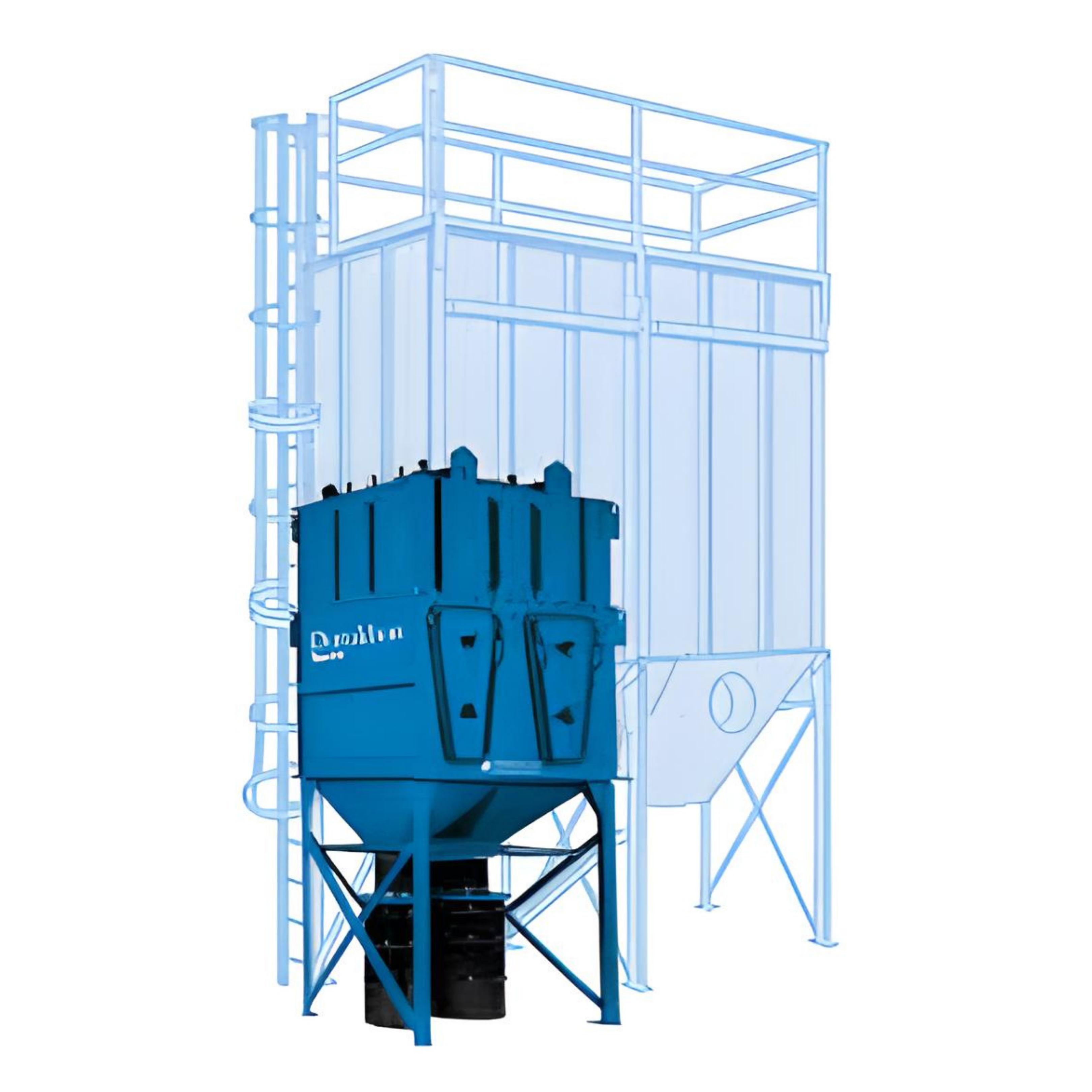
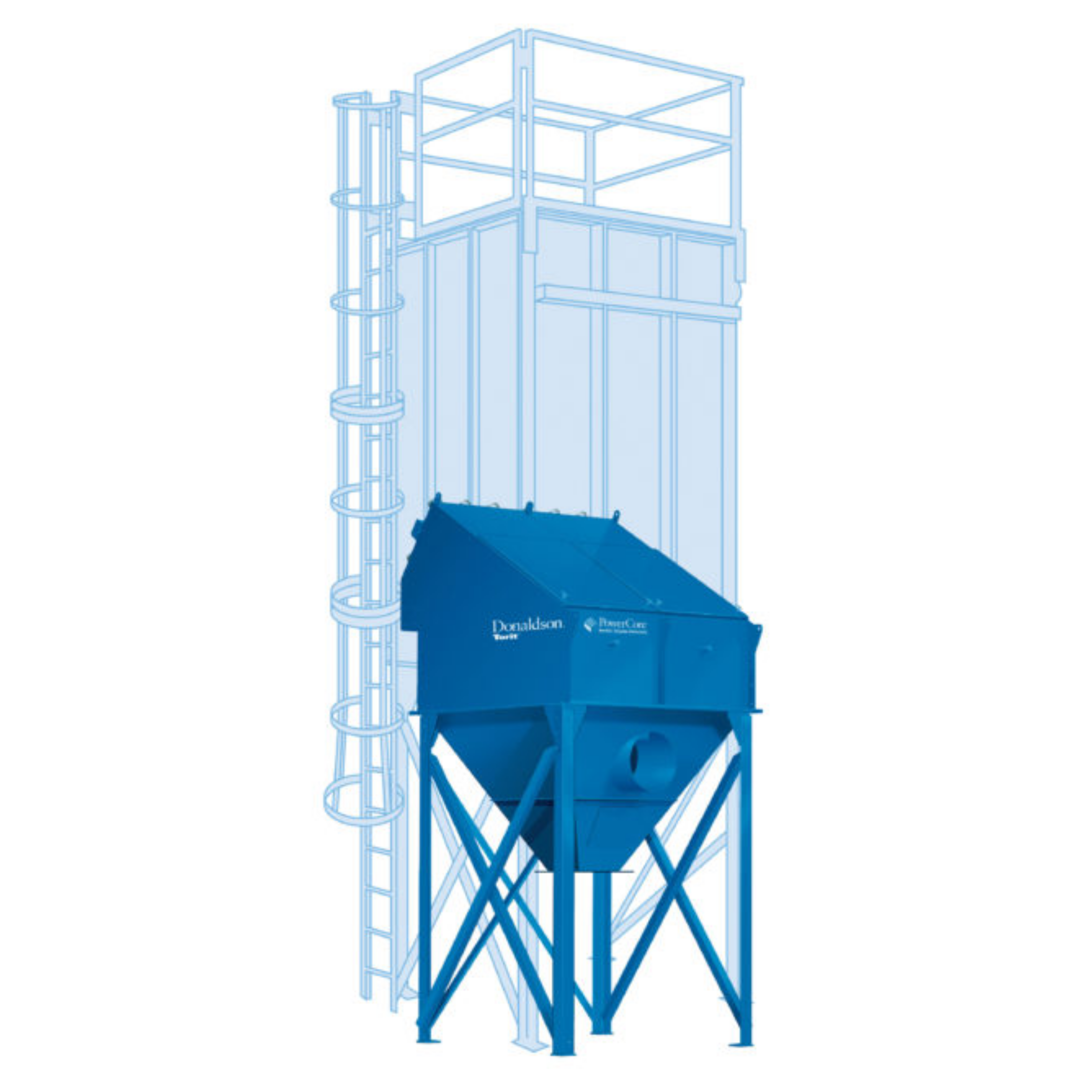
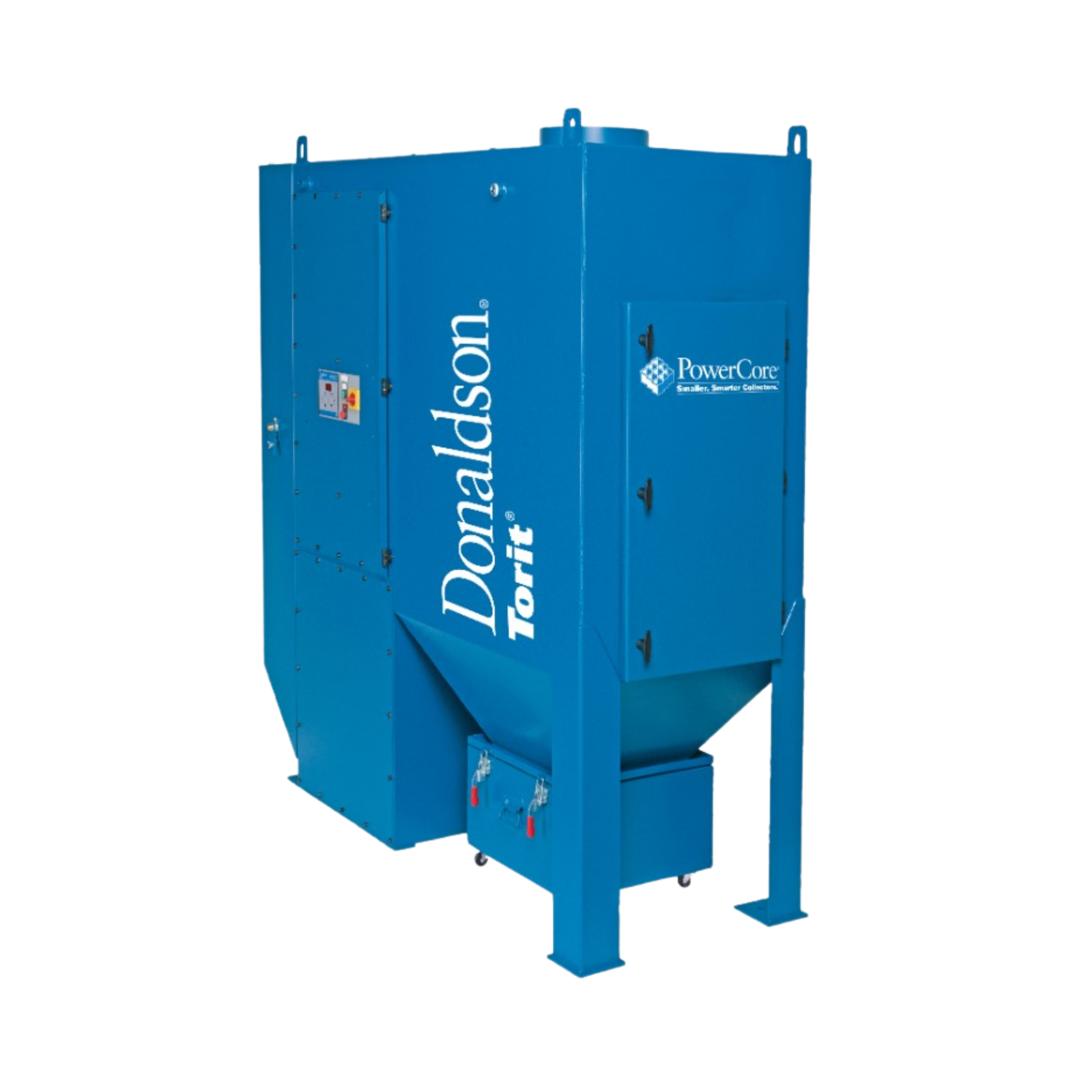
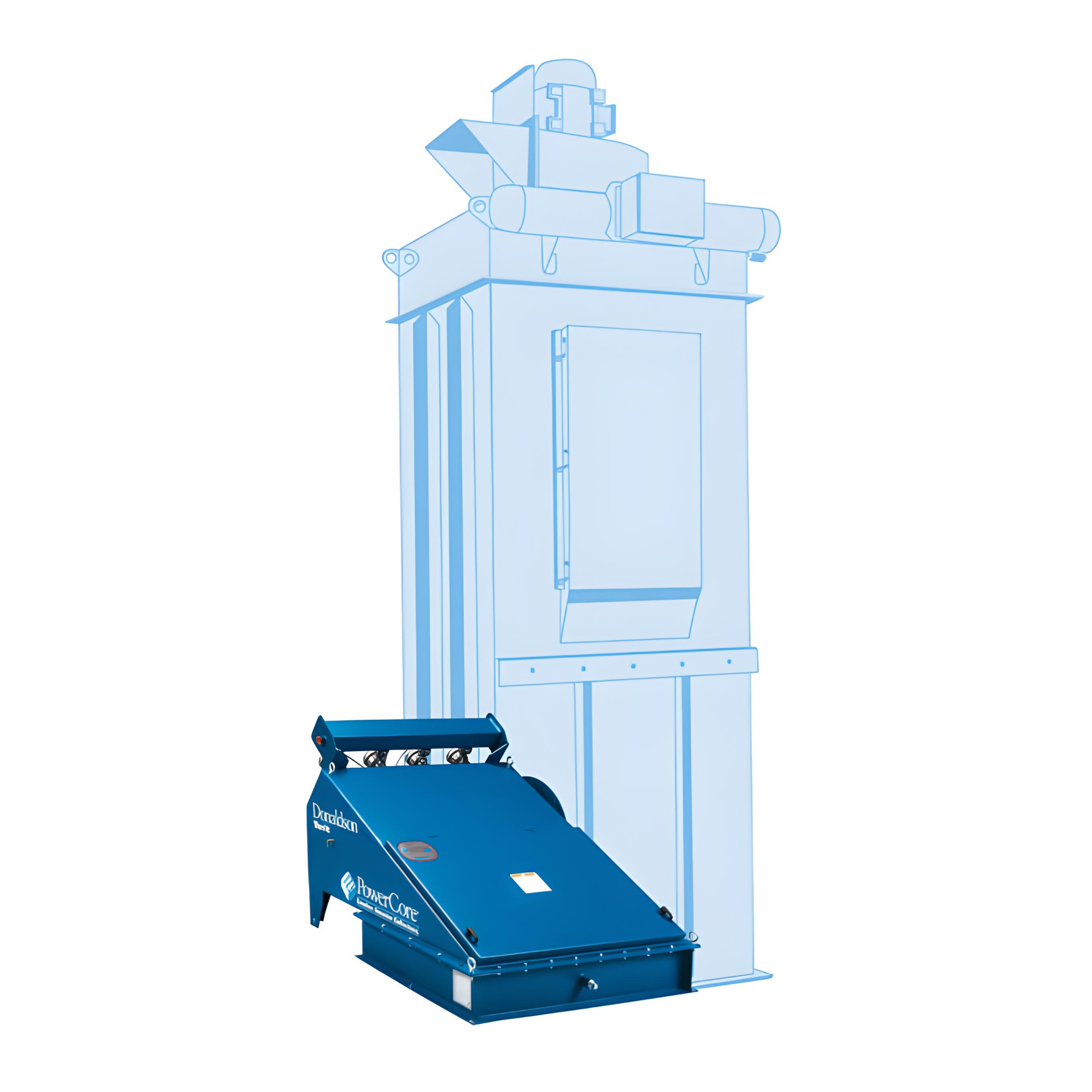
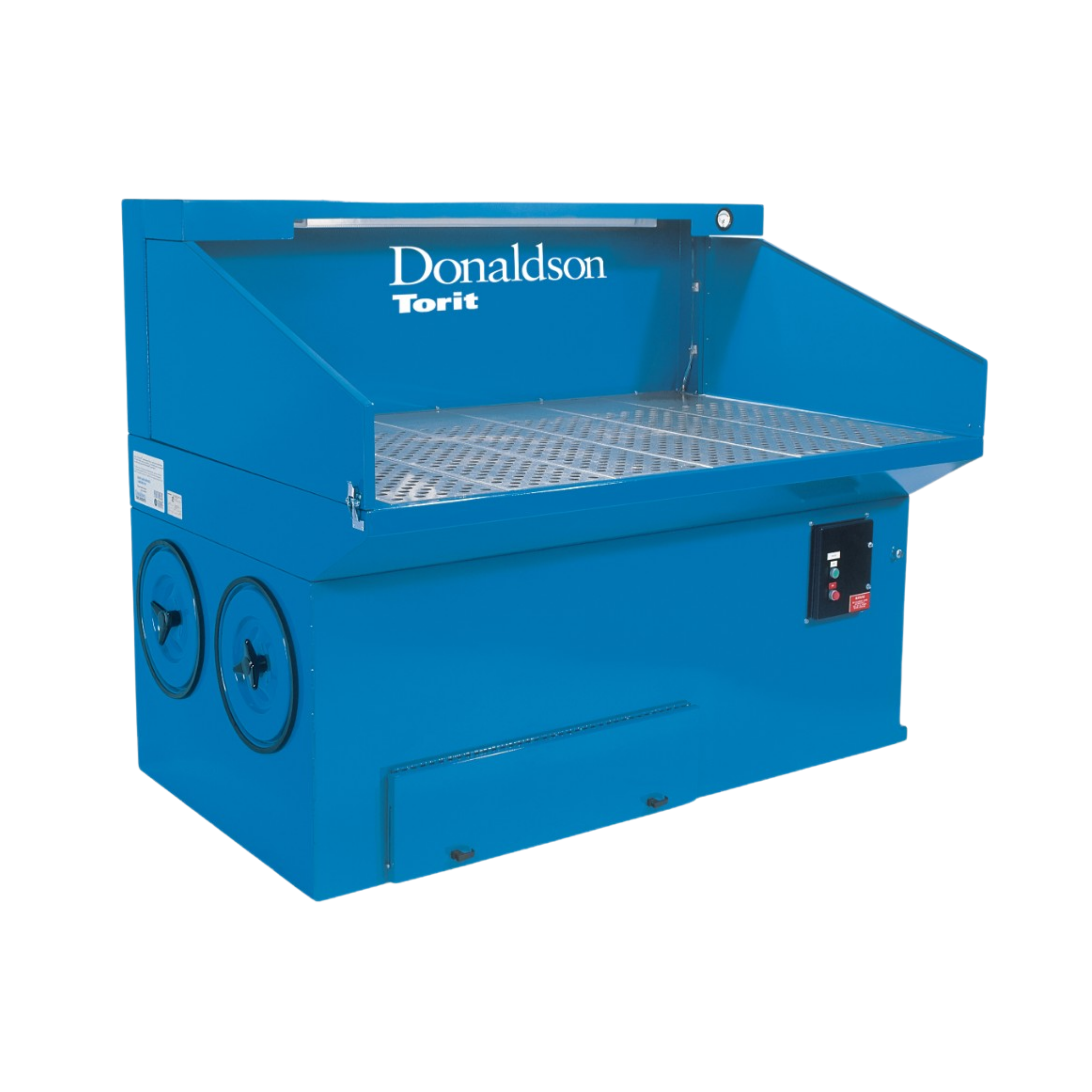
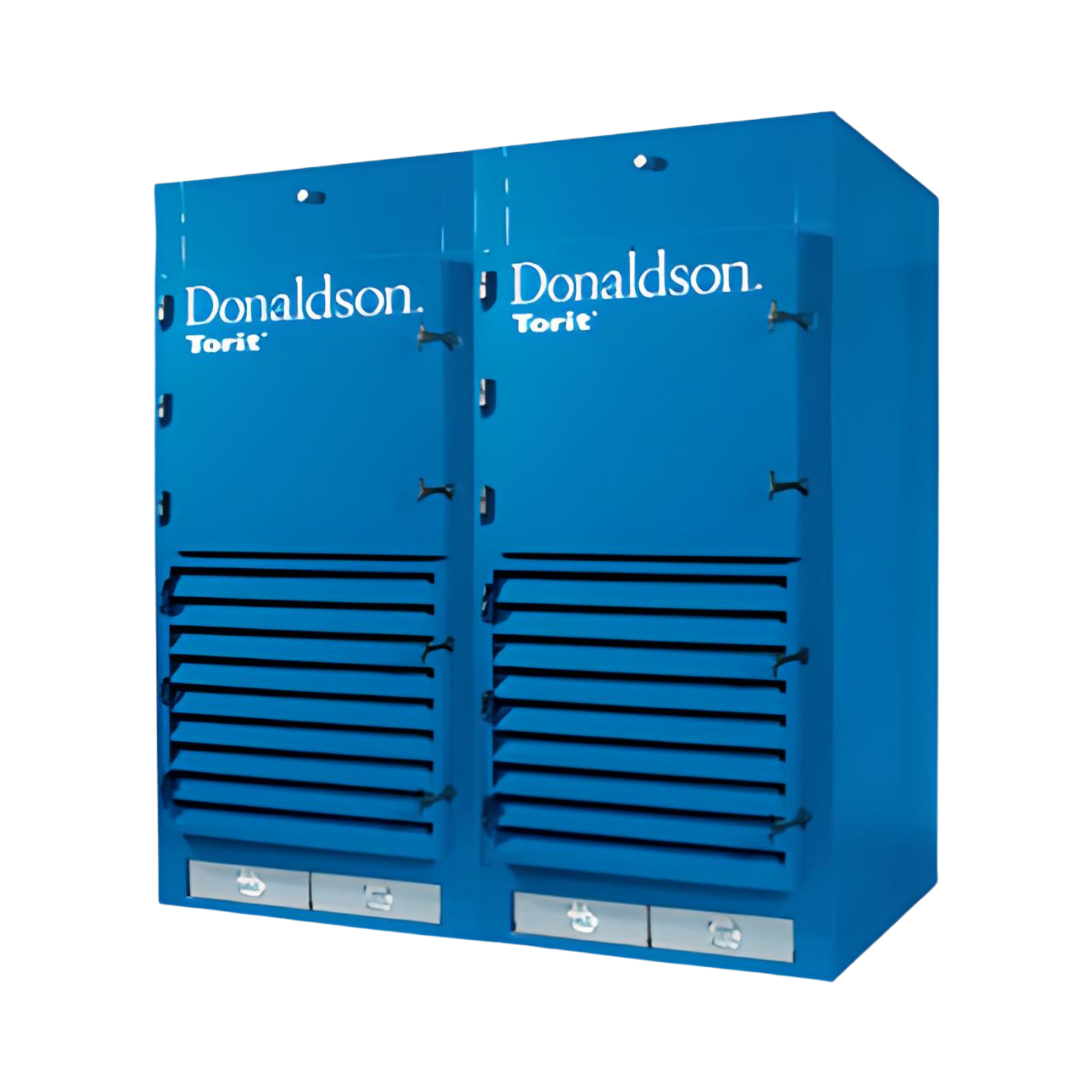
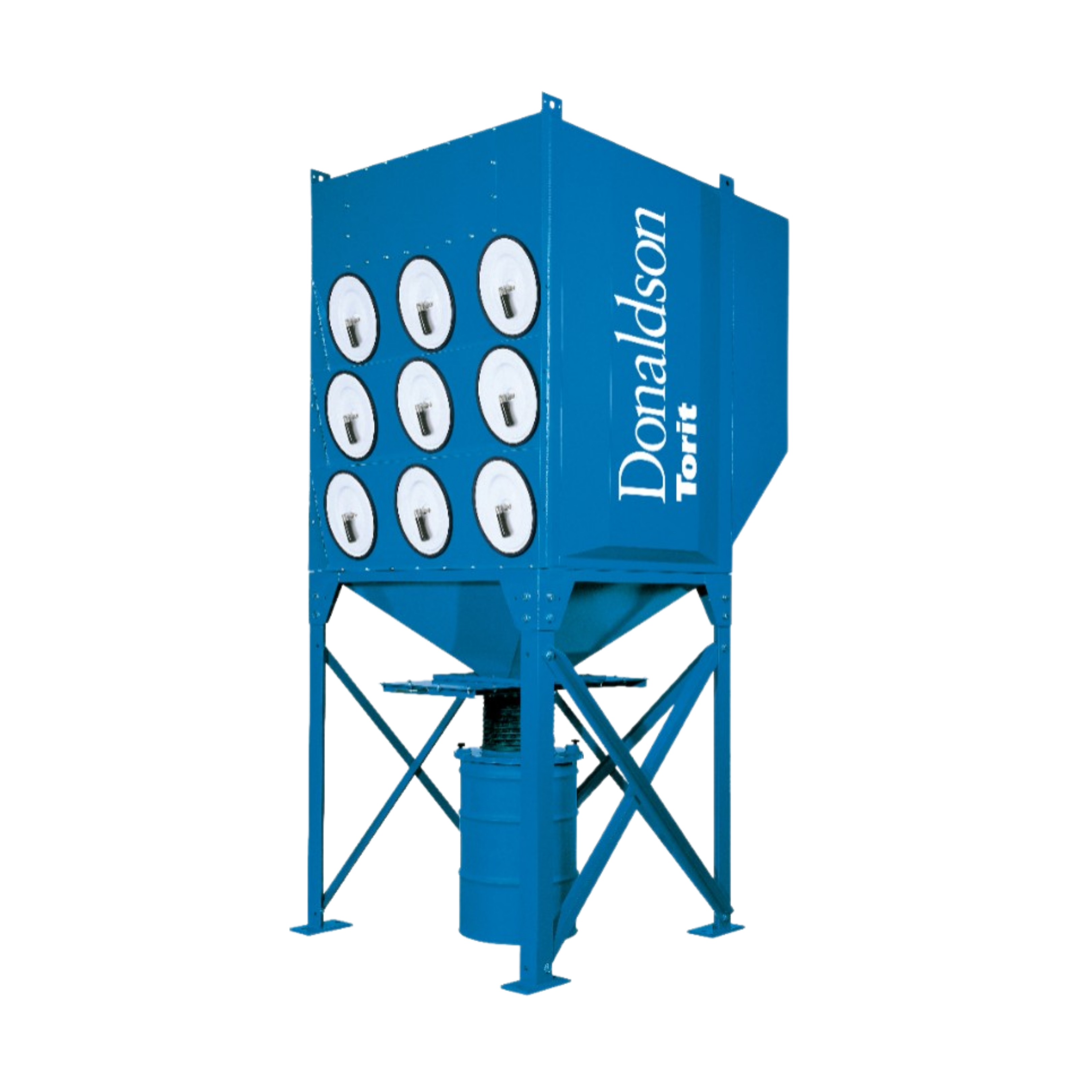
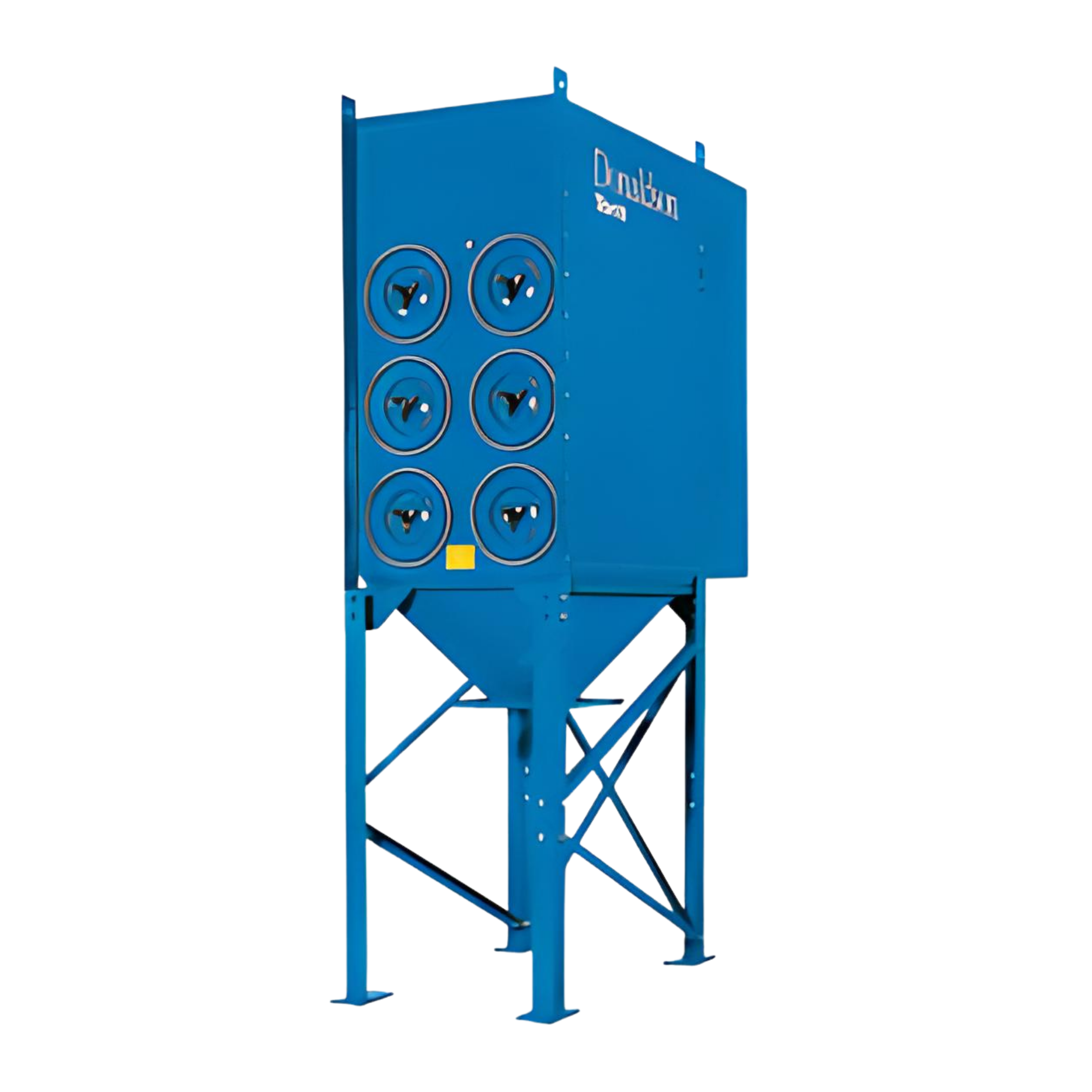
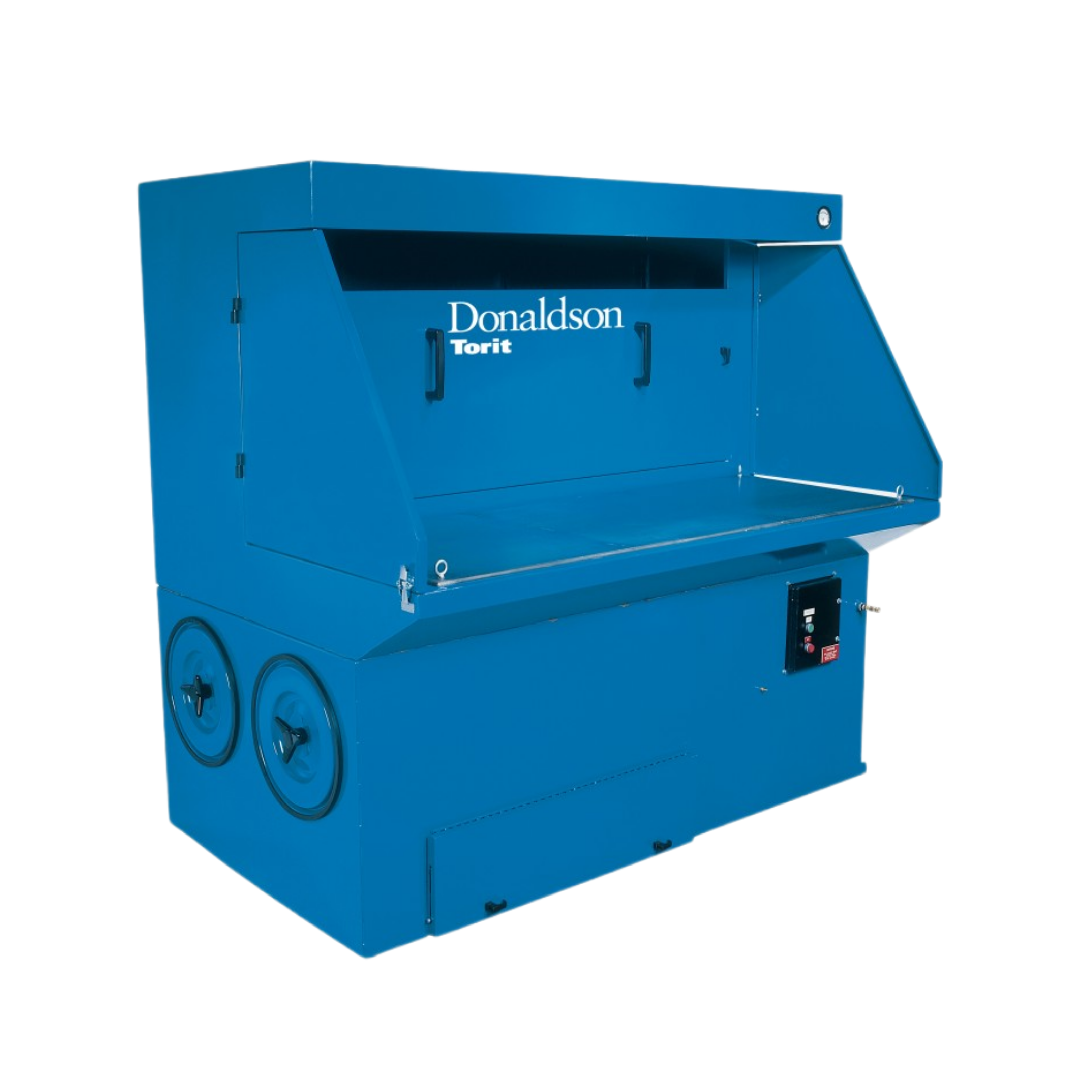
.png)
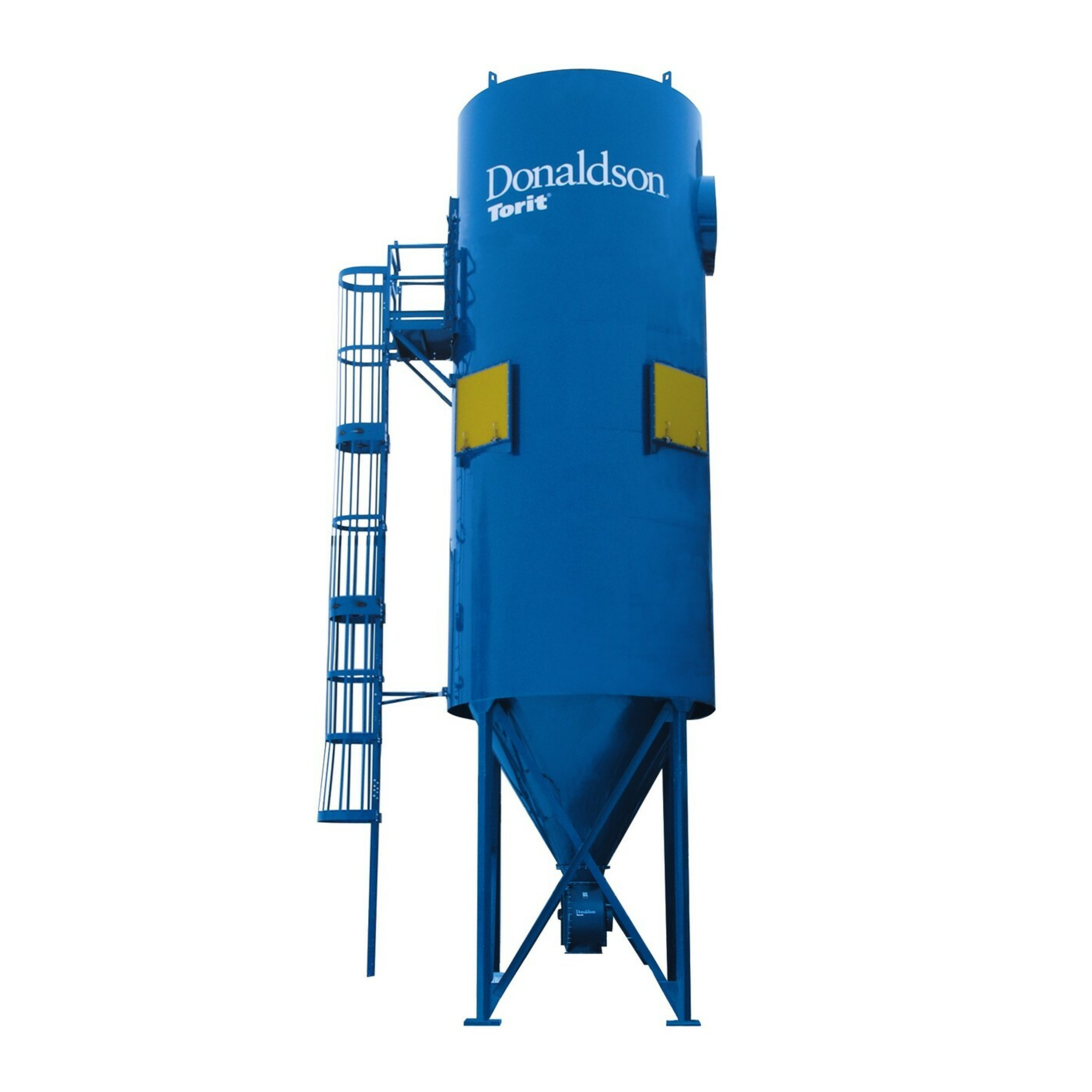
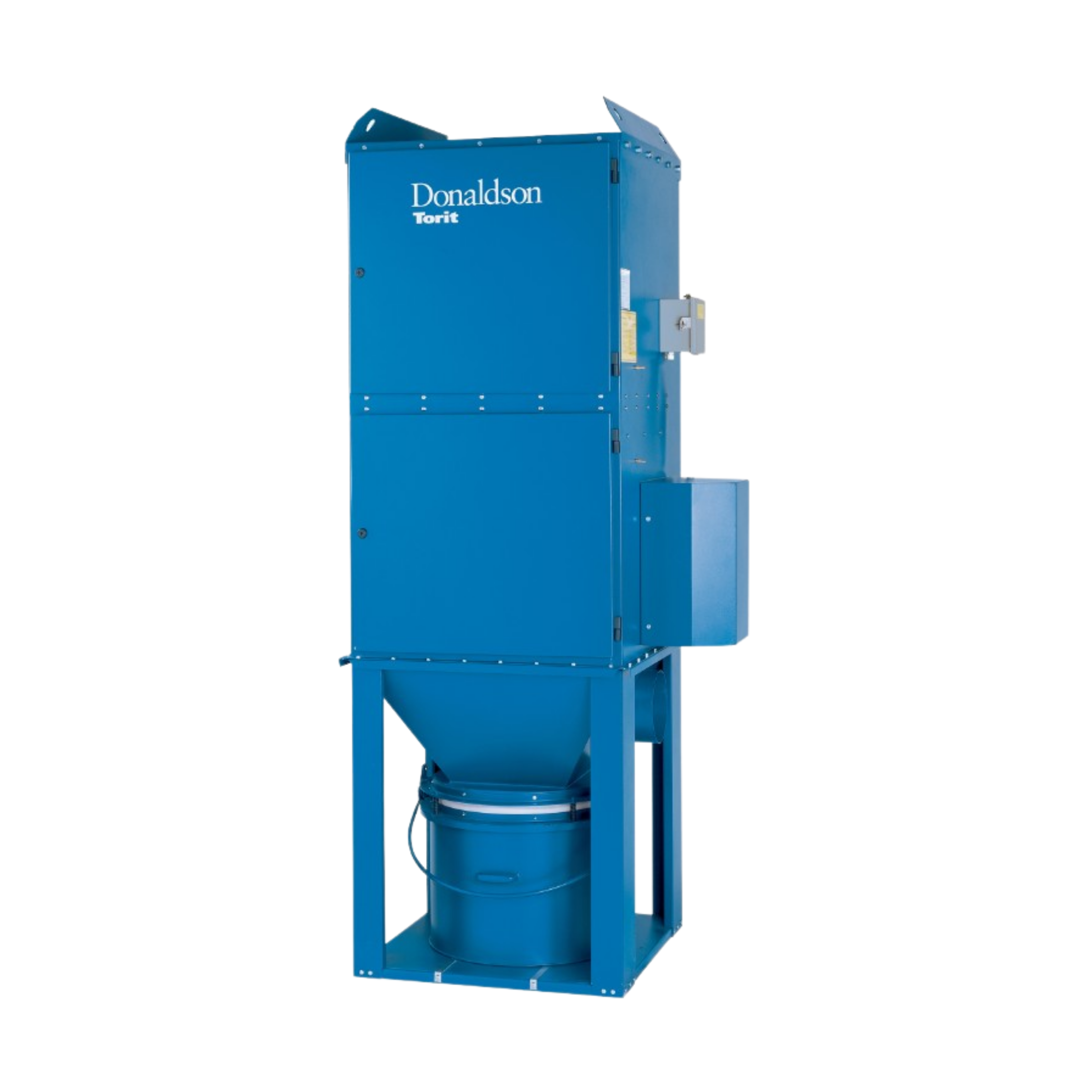
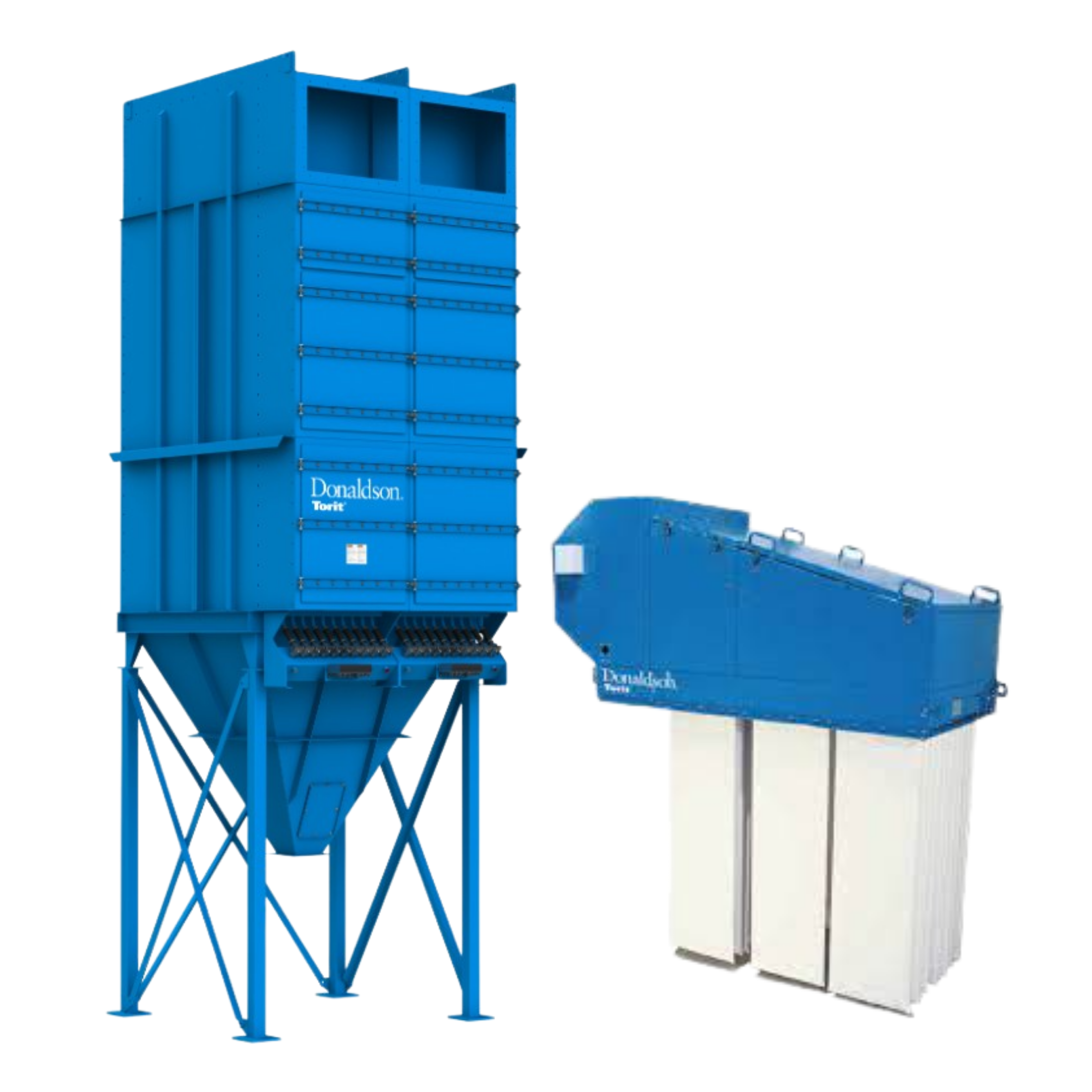
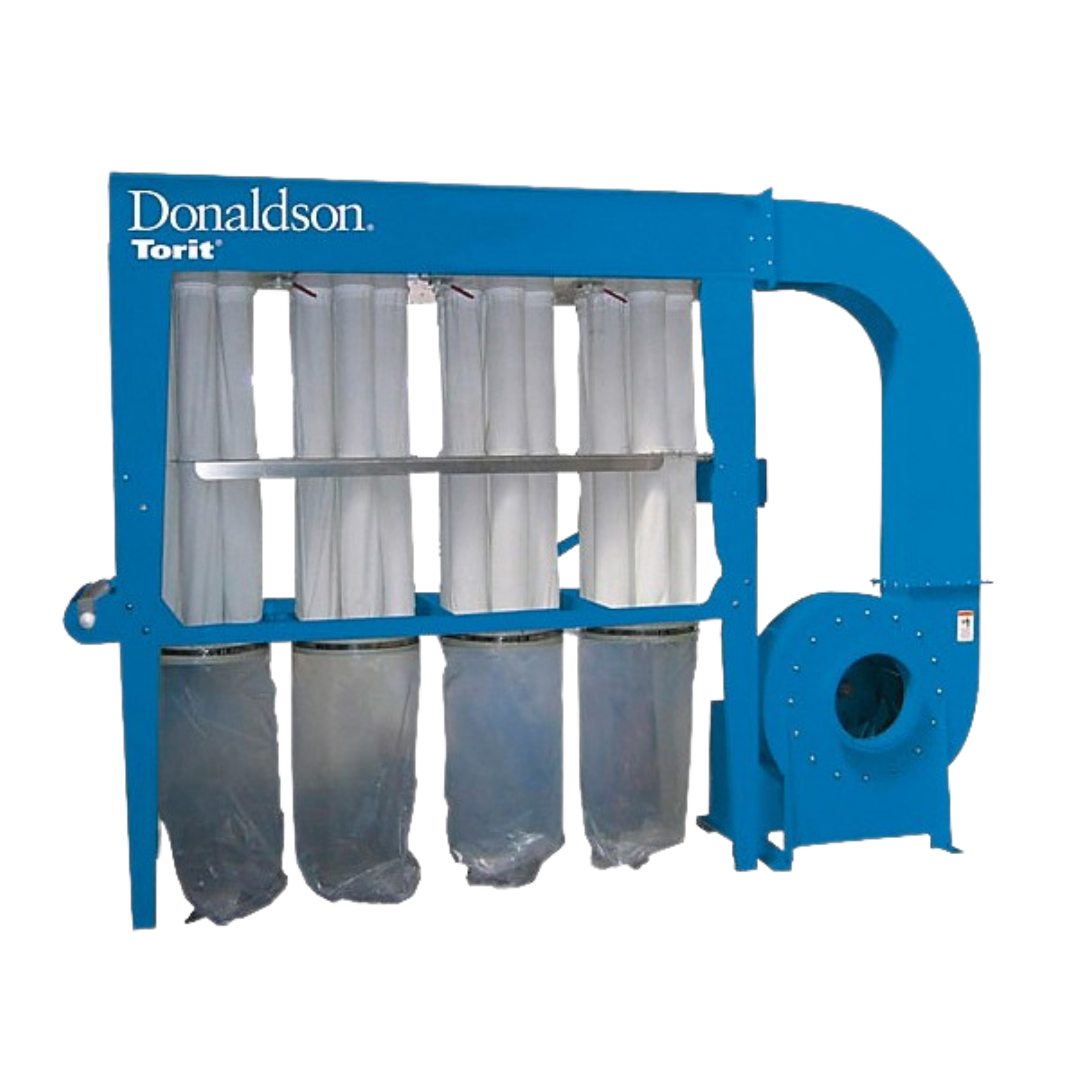
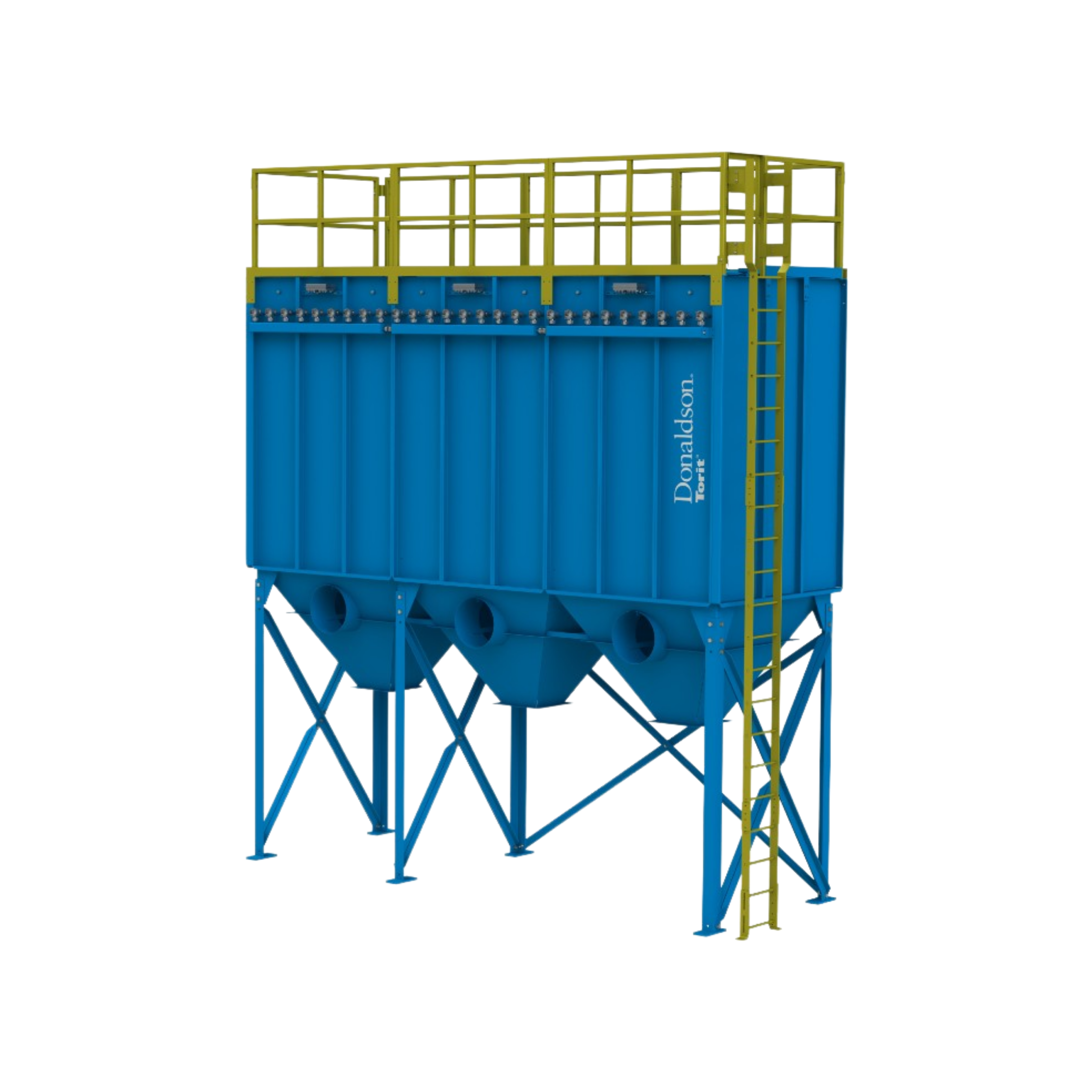
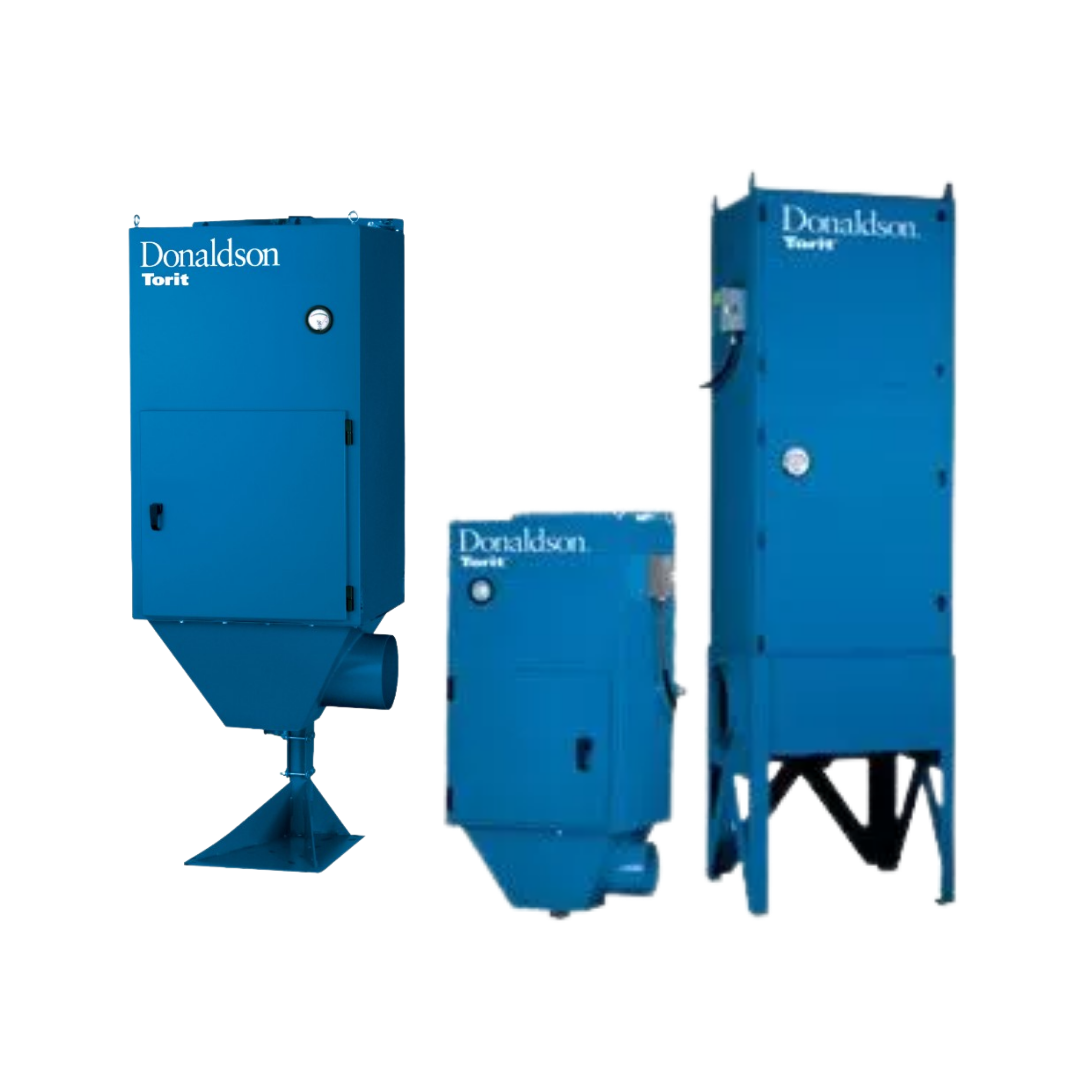
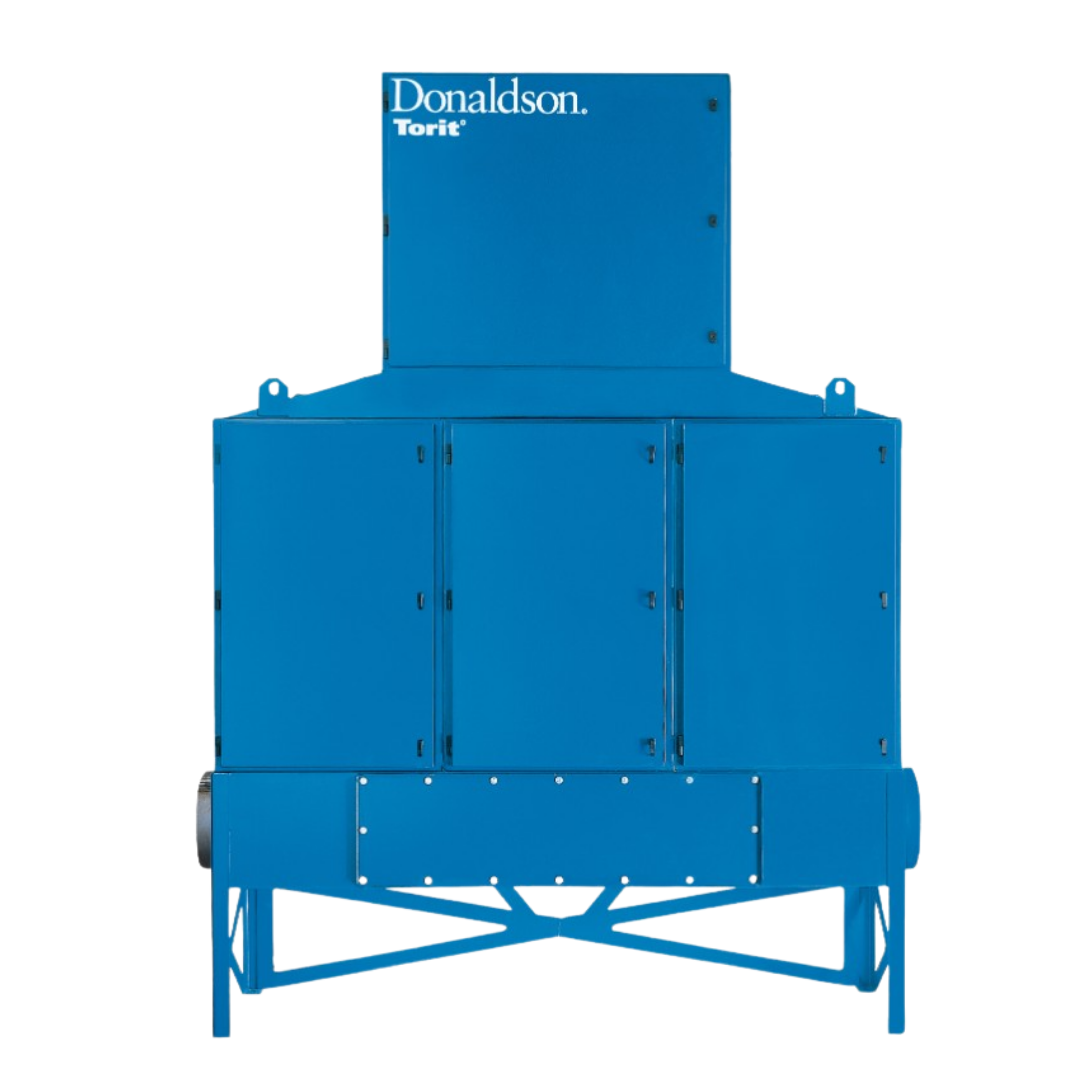
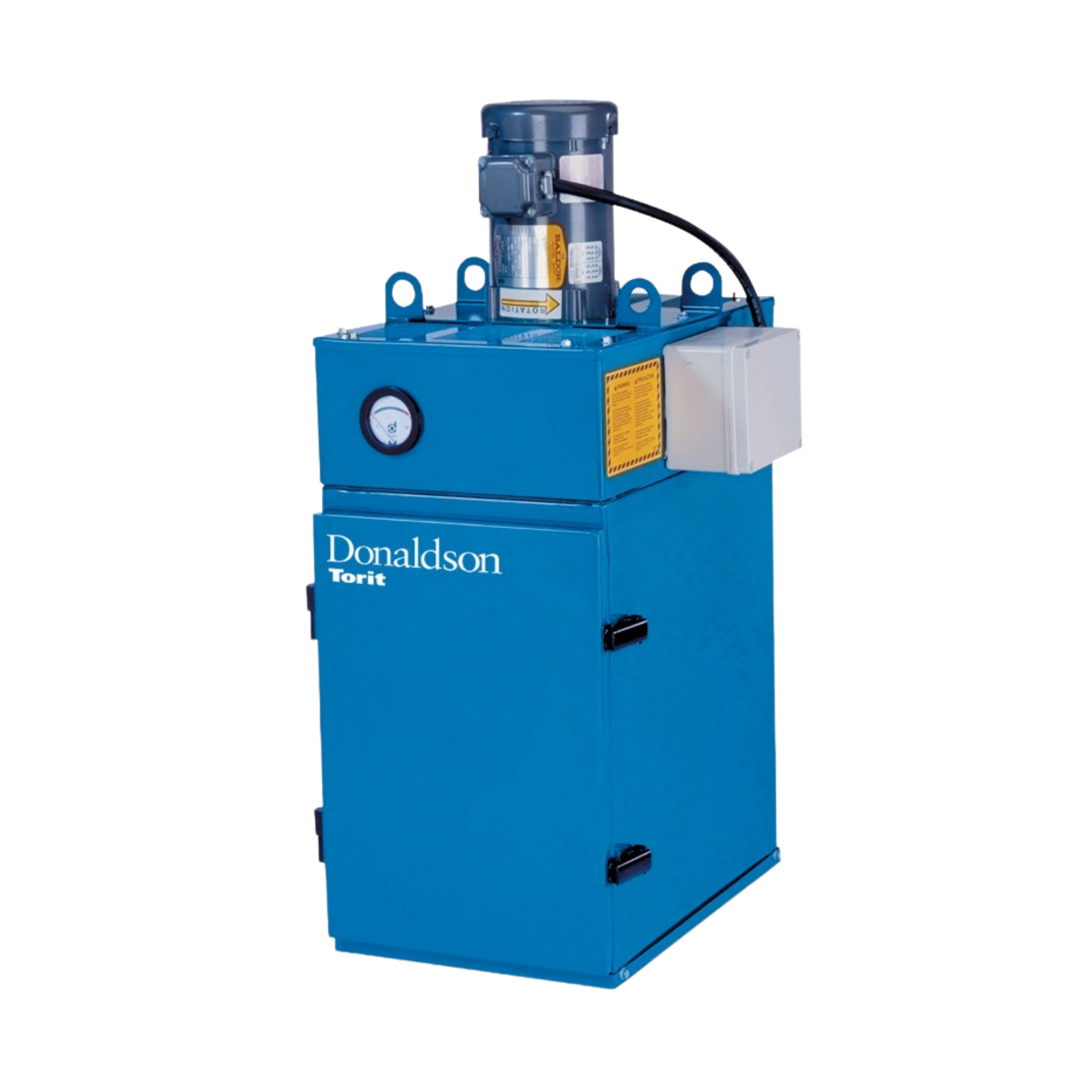
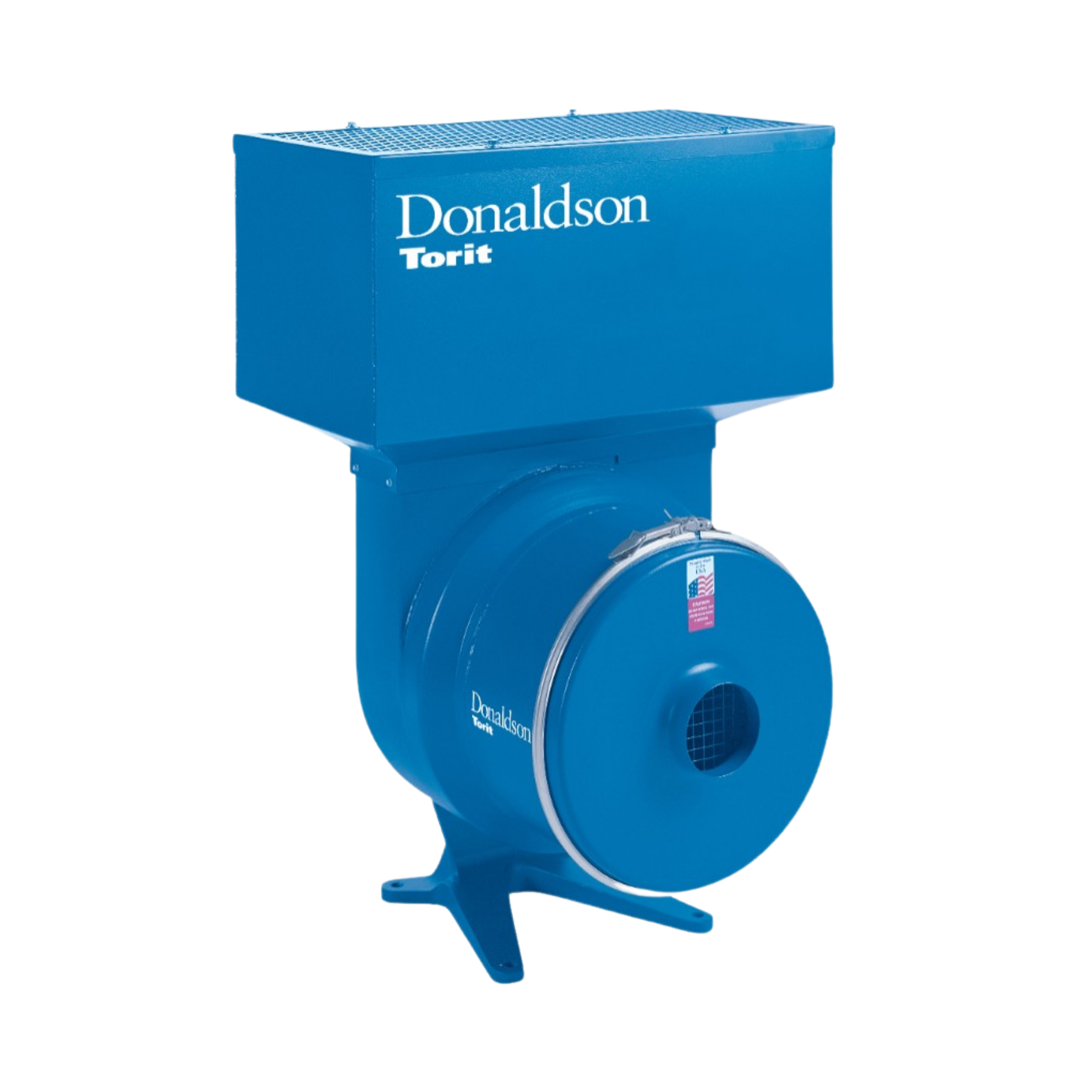
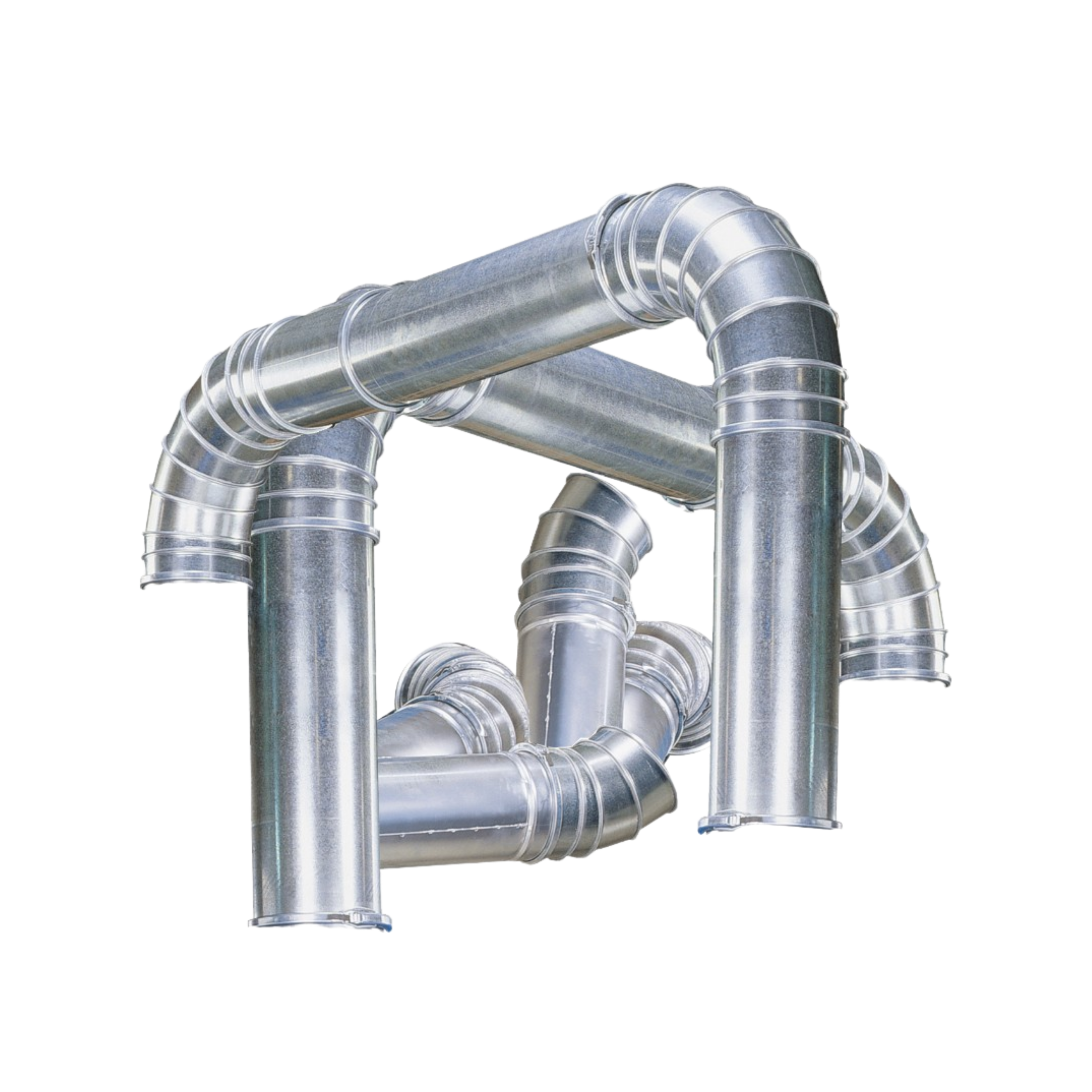
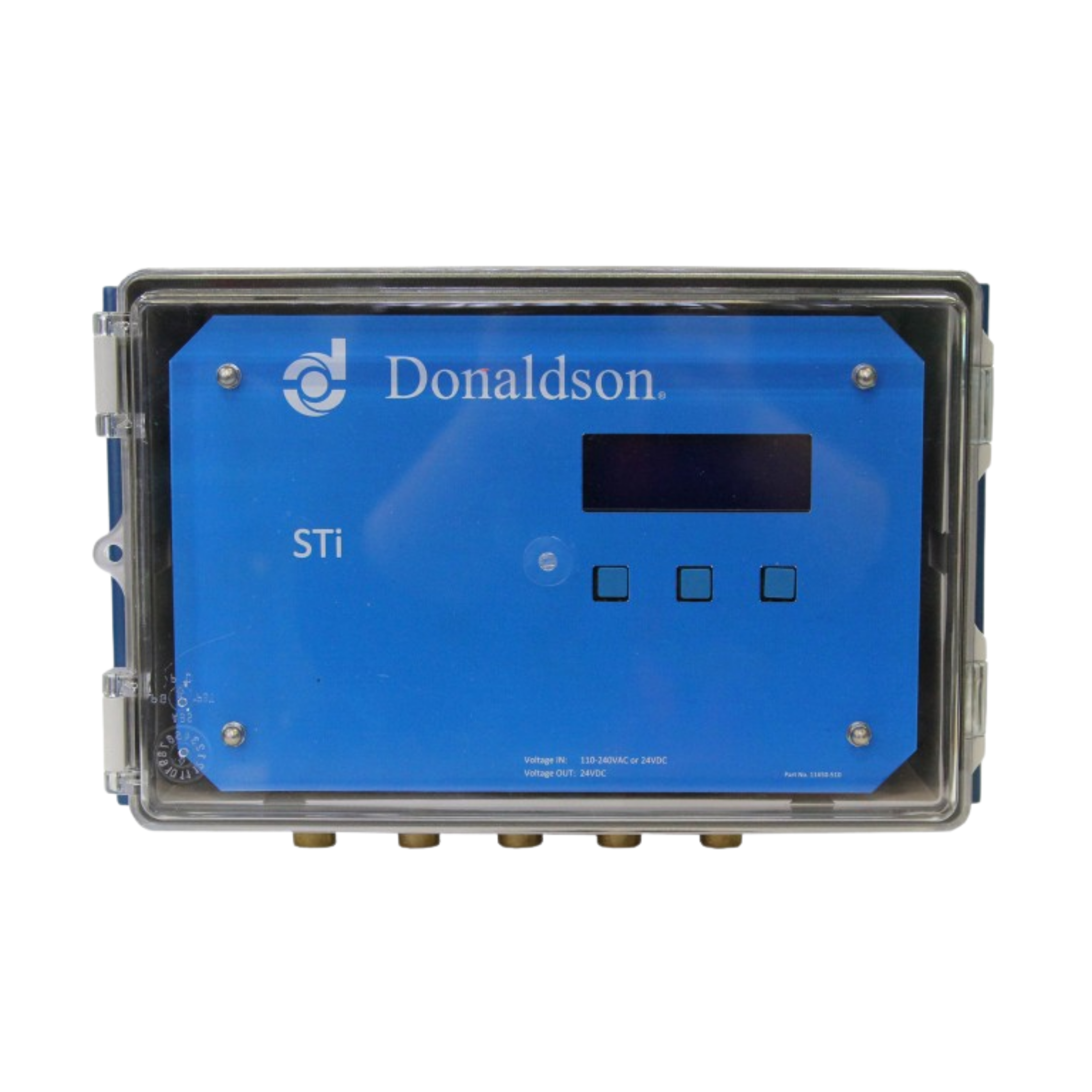
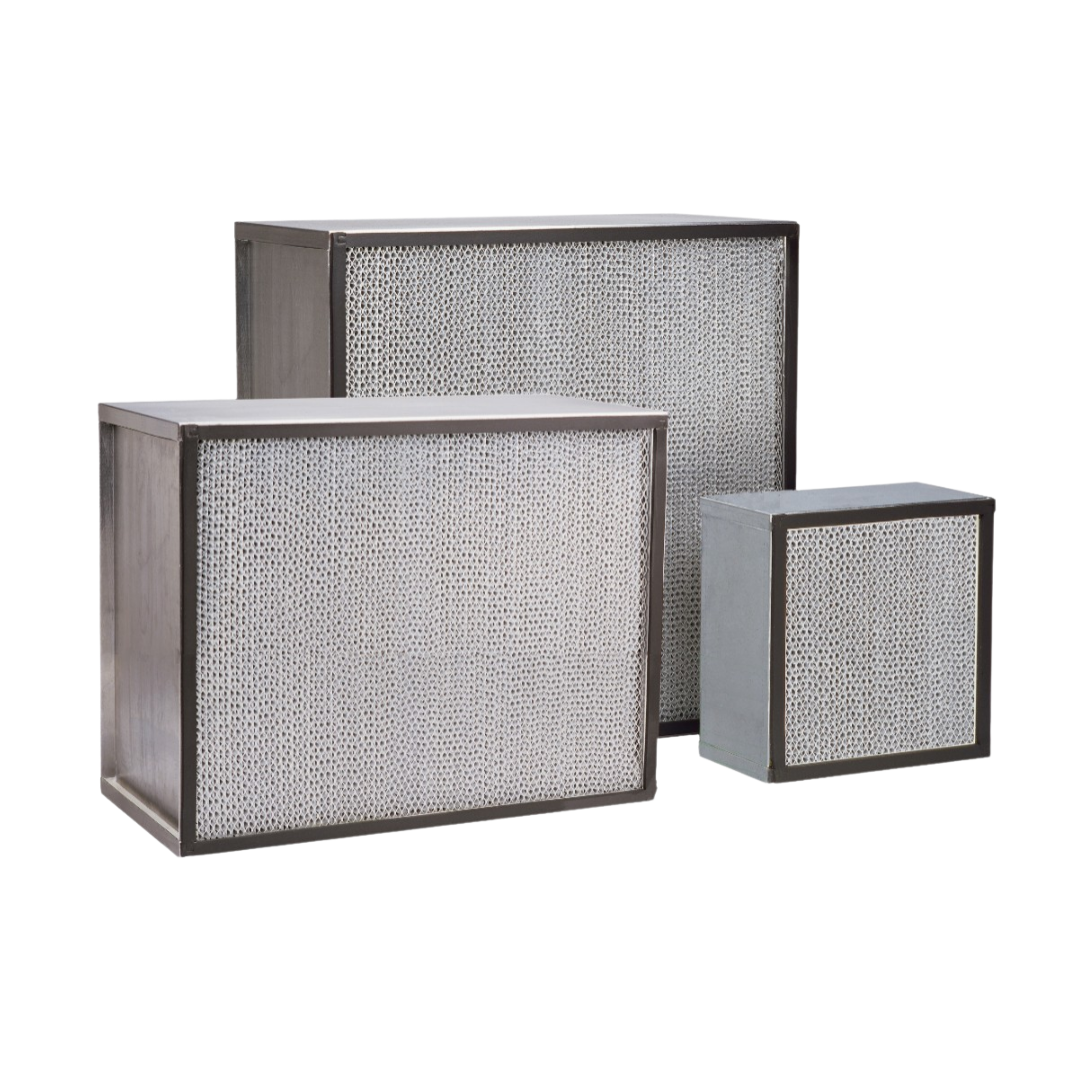
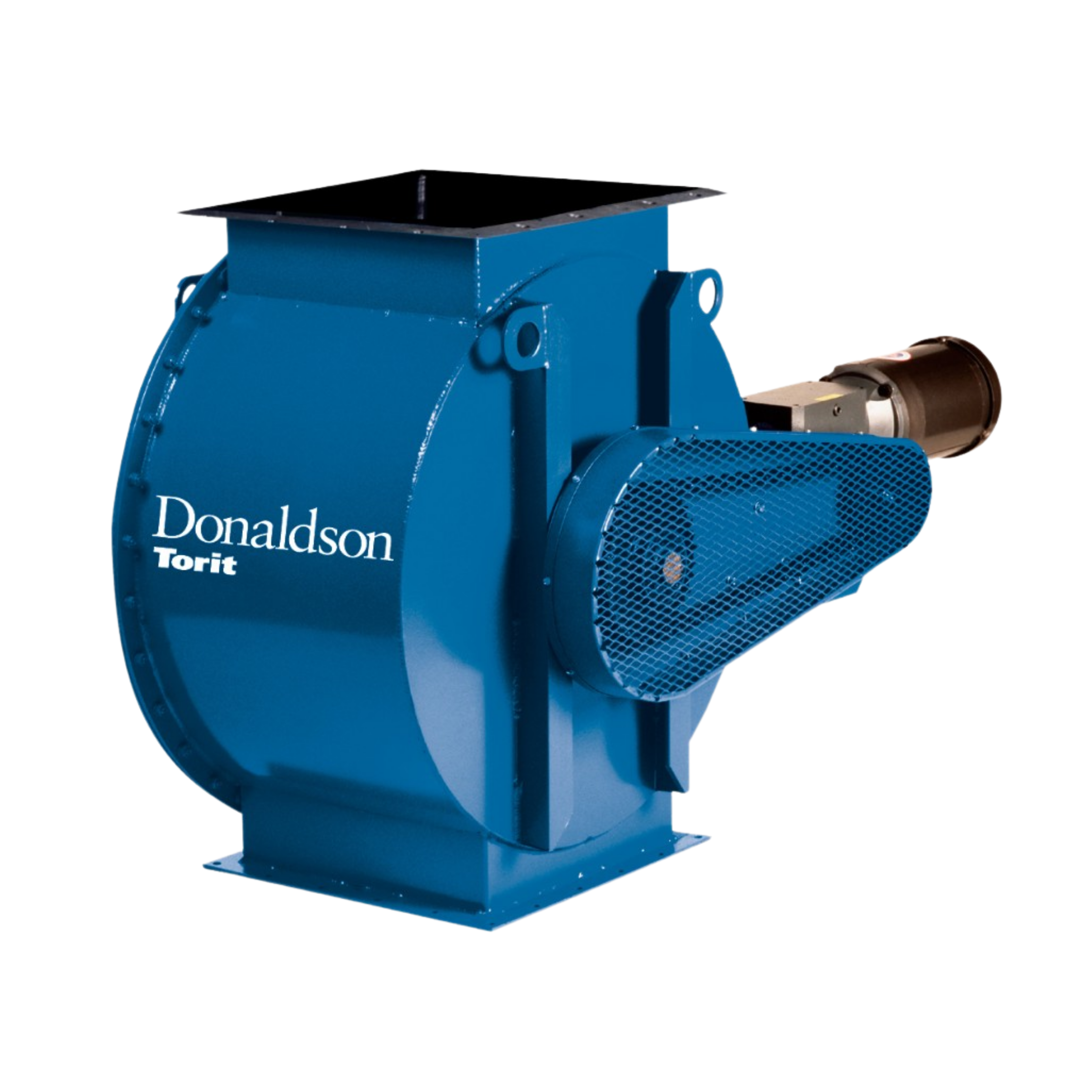
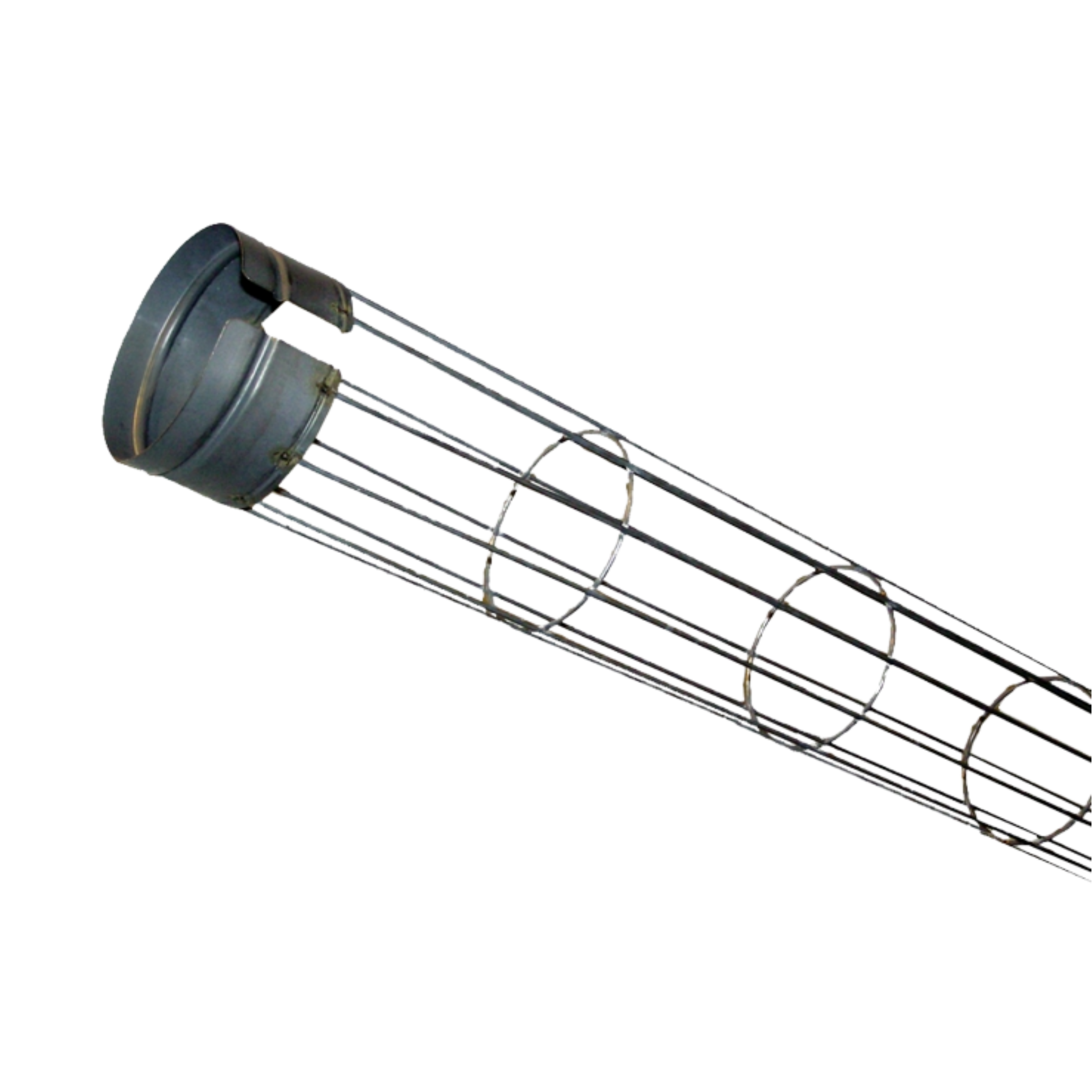
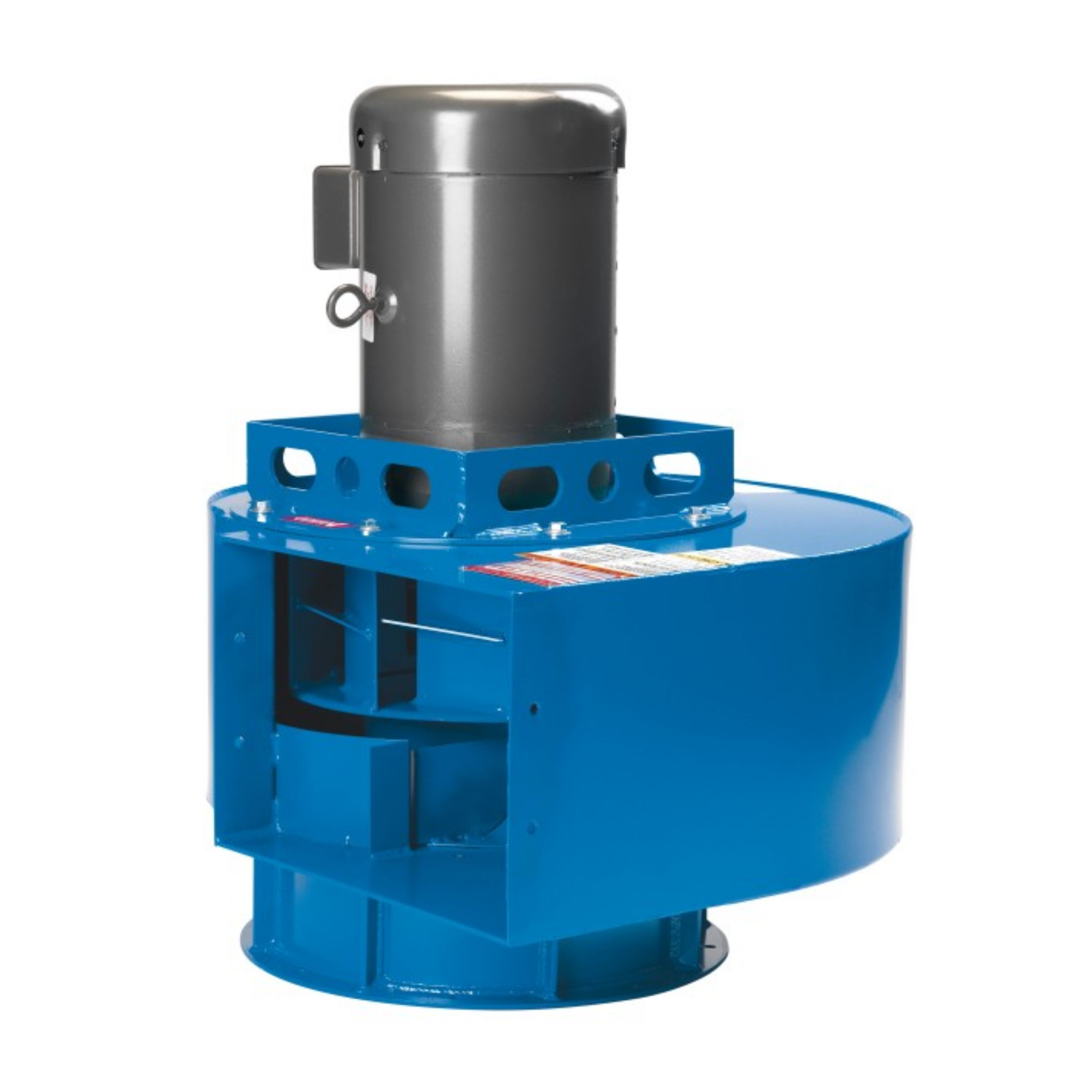
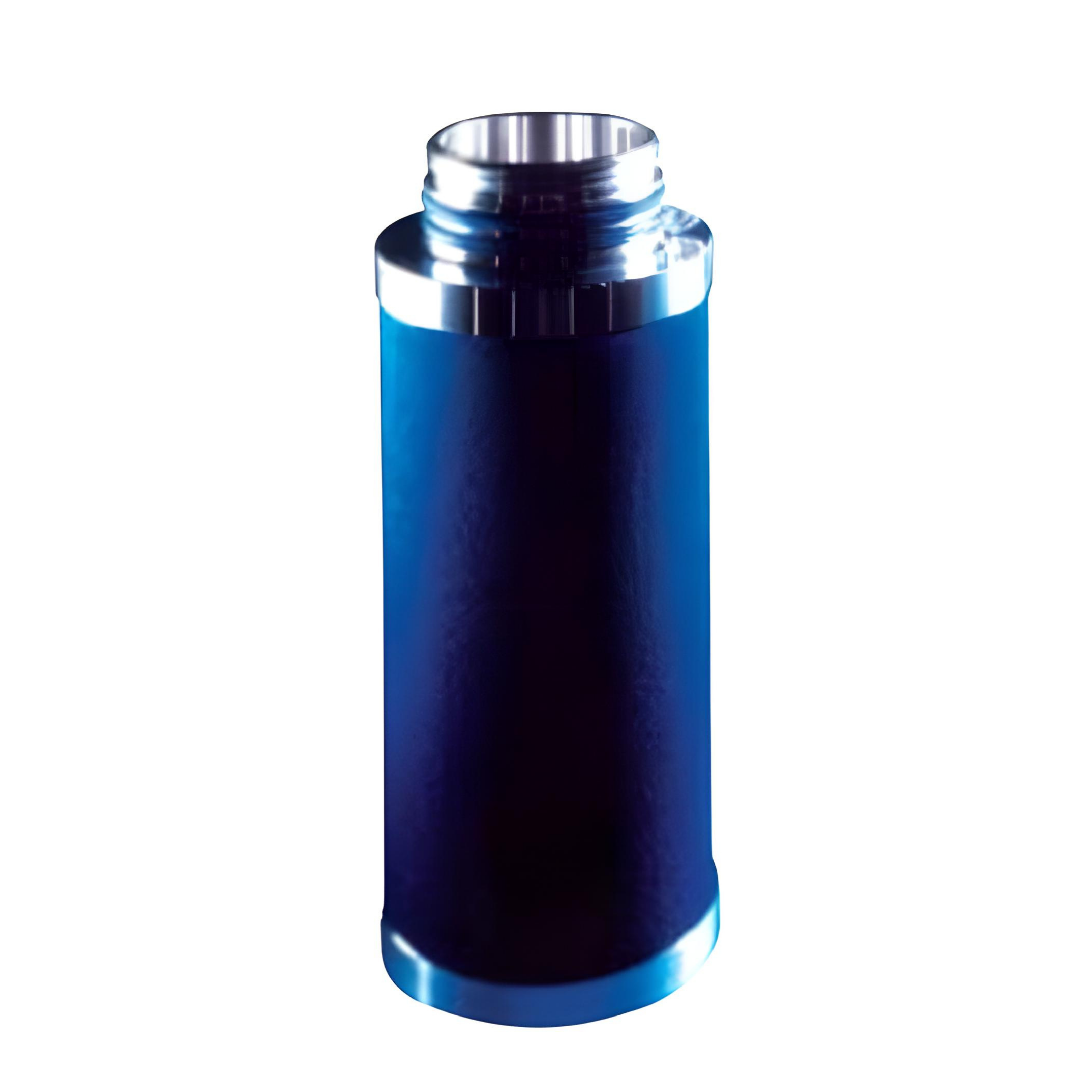
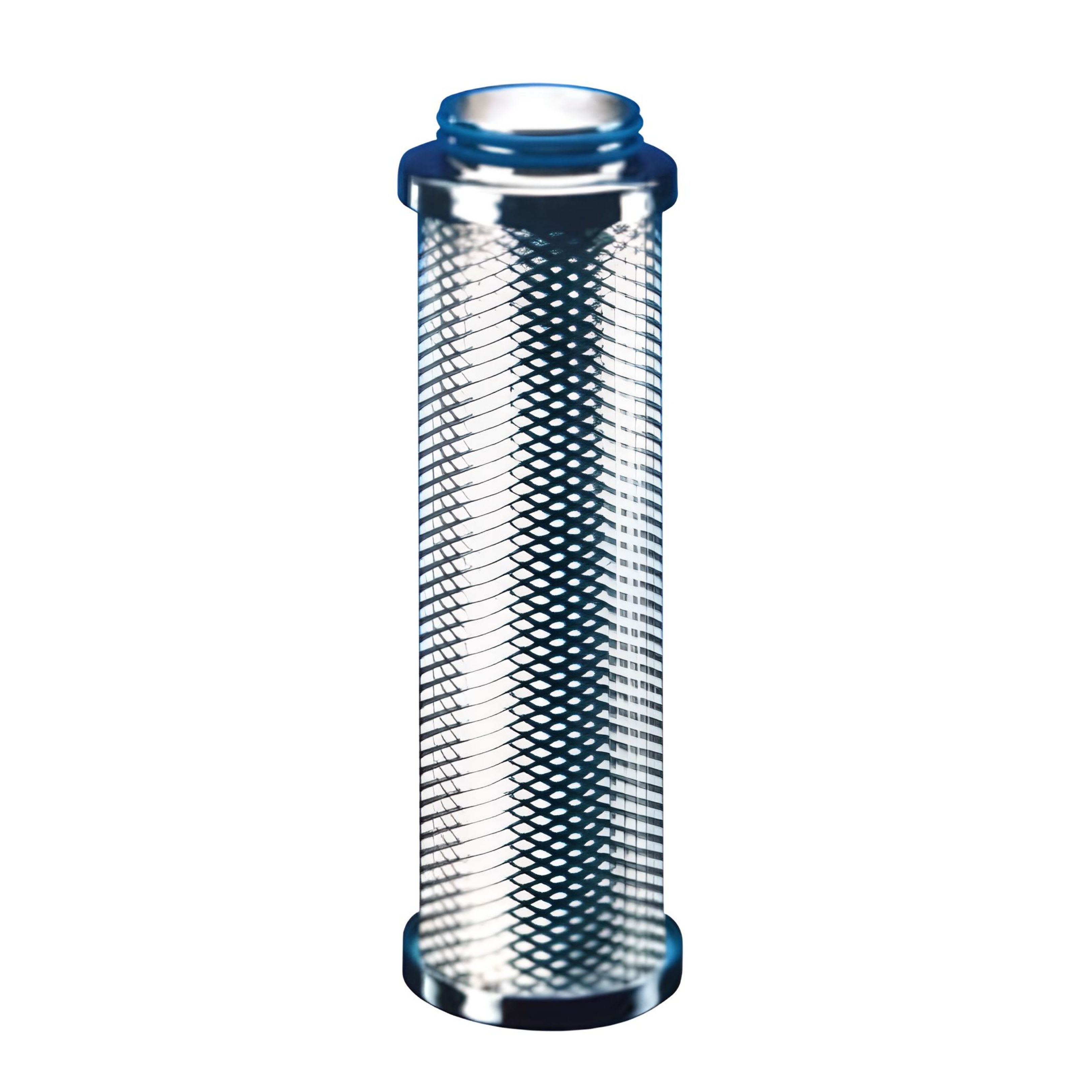
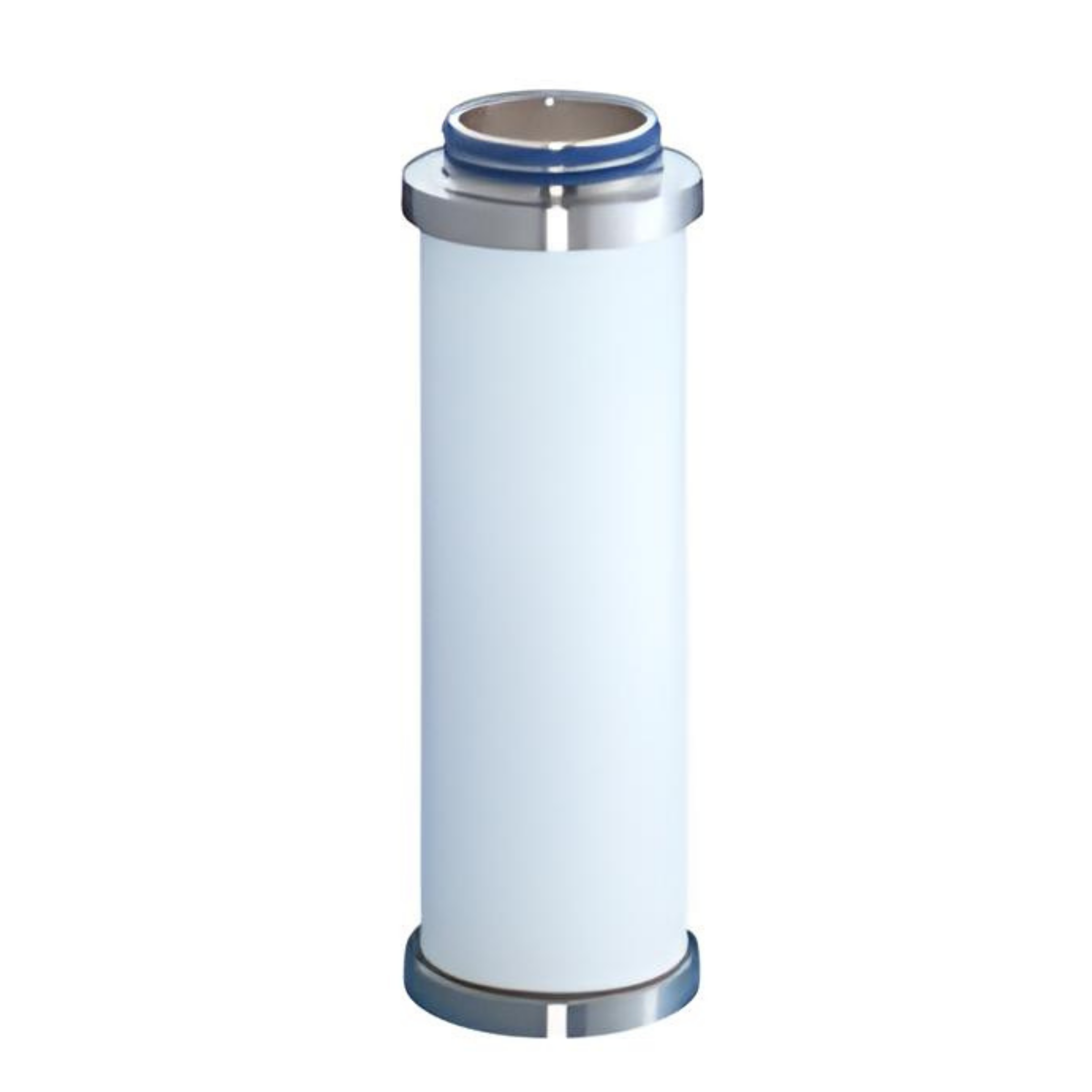
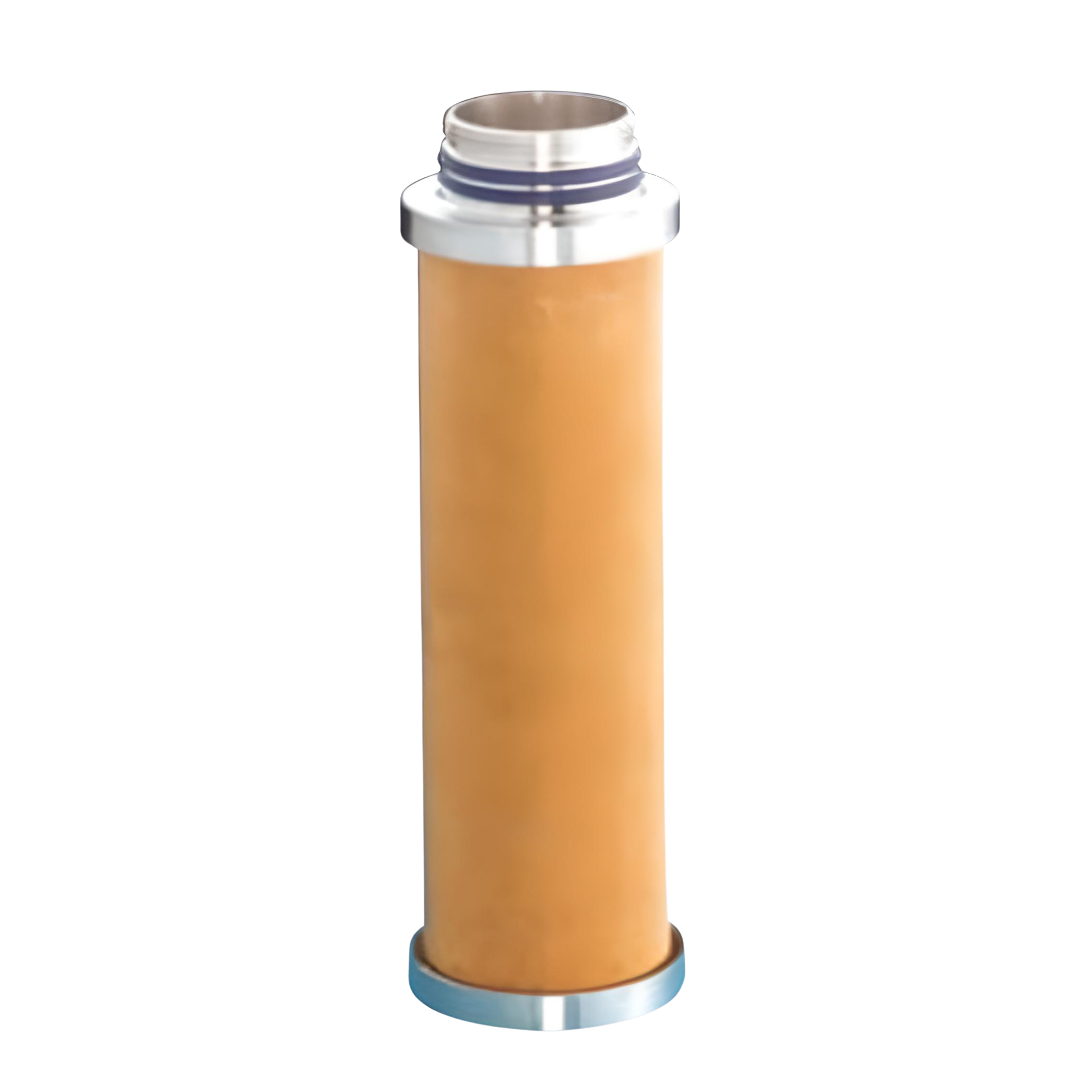
.png)
.png)
.png)
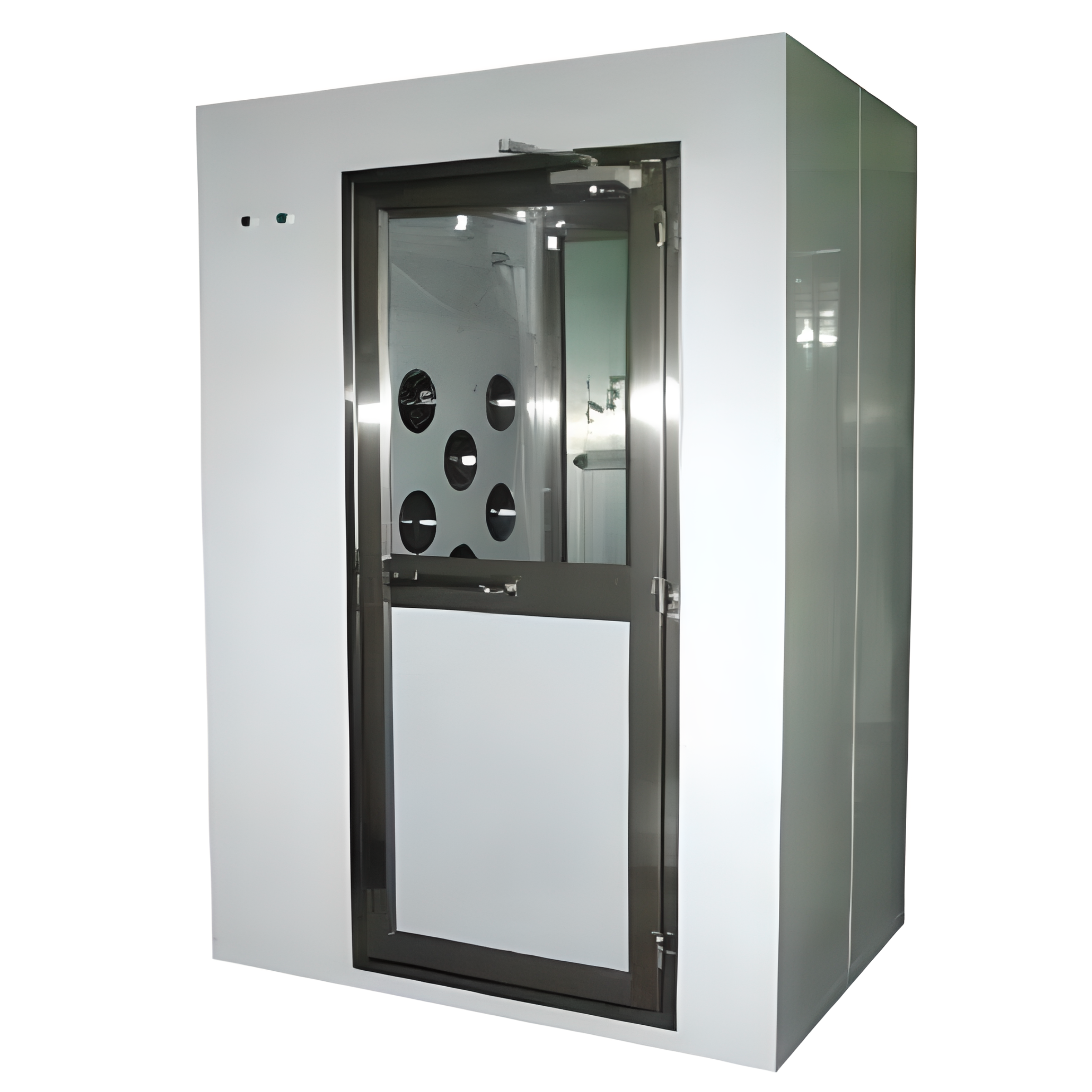
.png)
.png)